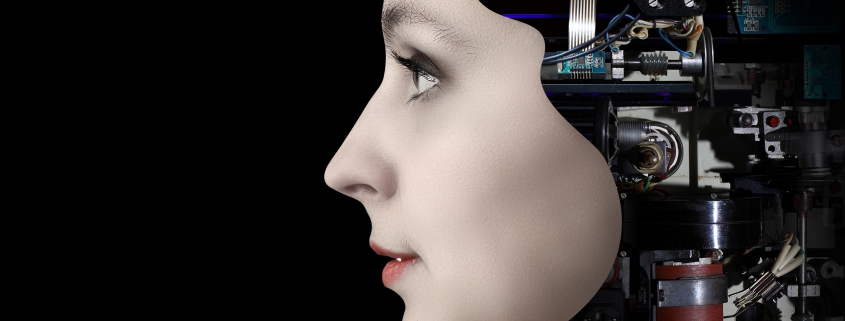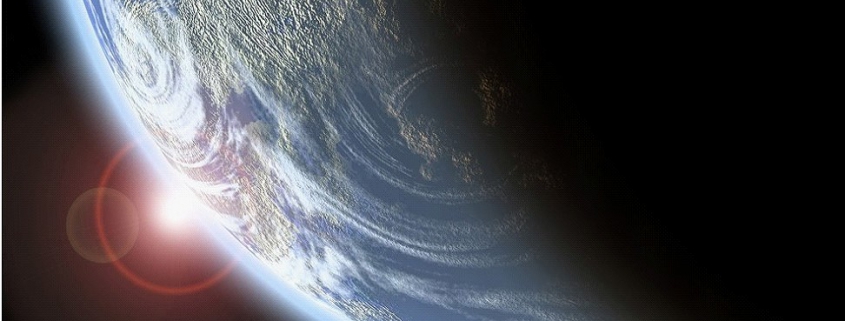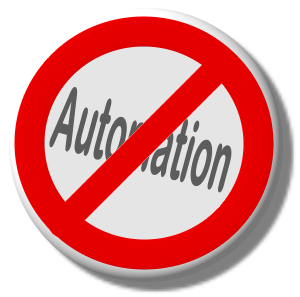All living things consume “food” to live. And all living things “hunt” for food. This starts with microbes, plants, animals, and we, the human animal. That’s all we did for the longest time – simply survive – for approx. 5 Million years.
Approximately 12,000 years ago some smart people recognized that if they collected seeds and planted them, watered them, and took care of the growth, they produced more corn than they could consume themselves. So they could trade the excess corn for other things. That started the first and most significant shift in the life of HOMO. It’s called the agricultural revolution. It was the birthplace of wealth creation. We found out that our unique skill: “ingenuity” allowed us to produce more than we needed. Still, droughts and other natural catastrophes killed a lot of people. But we used that skill of “ingenuity” to improve farming and later hunting. We produced so much that we could afford to have some of us do nothing but build huts or work on and with iron or other metals. We were able to build homes and a few thousand years later we were so productive that only HALF of the population was needed to produce food and the other half was used to build things for our protection and comfort. Today, in developed countries, approximately 3% of the population is producing food, enough for the other 97% to do everything else. Some produce tools to be more productive in producing food and others build tools that allow us to transport the food around the planet. The wealth is created through increased productivity. Everybody who is not contributing to the increase of productivity one way or the other is actually committing theft. Speed traders for instance extract millions per day – contributing zero to productivity and simply extracting wealth for their own, from the rest of the society. Today it is legal to do so.
After the industrial revolution about 200 years ago, the increase in productivity exploded and an unimaginable increase in wealth was created. Over the past 200 years a steady stream of food eradicated hunger, steady stream of health care almost doubled life expectancy, steady stream of physical protection, reduced the risk of war, ongoing increase in productivity cut the time to work almost in half. There is a chance to even eradicate work entirely in the next 50–100 years through machines that completely do all the production for us.
The more simple minds fear it because they only see unemployment – and workers have been trained – even conditioned – to see nothing but work. But if you elevate the point of view and realize our most powerful talent over all talents it is ingenuity. This ingenuity will provide us with the capability to create more wealth across the entire planet and so much that we can focus on even bigger projects. And that very ingenuity will help to educate future generations to focus on developing their ingenuity more than they focus on developing more workers that we will need to survive threats that we are already aware of.
The biggest of all projects is the ability to make our species survive the lifetime of our planet. The Universe is big enough to do so, but we will need to get there and that maybe our ultimate purpose. But first we need to create the wealth to afford getting there. And only our entrepreneurial spirit – built on our ingenuity – will be able to make it happen.







 More and more people understand today, that our future is not accidentally happening but literally created by us and by the forces of our universe.
More and more people understand today, that our future is not accidentally happening but literally created by us and by the forces of our universe.

 Take five chimpanzees. Put them in a big cage. Suspend some bananas from the roof of the cage and provide the chimpanzees with a stepladder. NOW – add a proximity detector, so that when a chimp goes near the banana, a water hose opens and the whole cage is thoroughly soaked.
Take five chimpanzees. Put them in a big cage. Suspend some bananas from the roof of the cage and provide the chimpanzees with a stepladder. NOW – add a proximity detector, so that when a chimp goes near the banana, a water hose opens and the whole cage is thoroughly soaked.

 Please listen carefully to this menu as the menu has changed. Your call is important to us but please leave a voice message. If you need more information go to www – dot – whatever dot com…
Please listen carefully to this menu as the menu has changed. Your call is important to us but please leave a voice message. If you need more information go to www – dot – whatever dot com…


